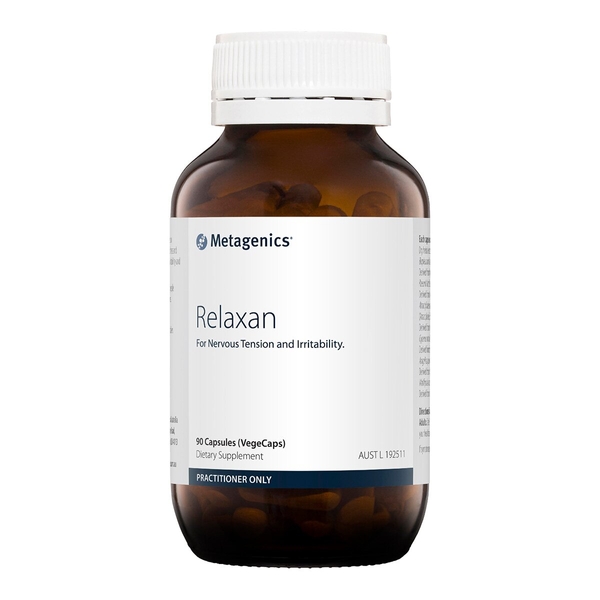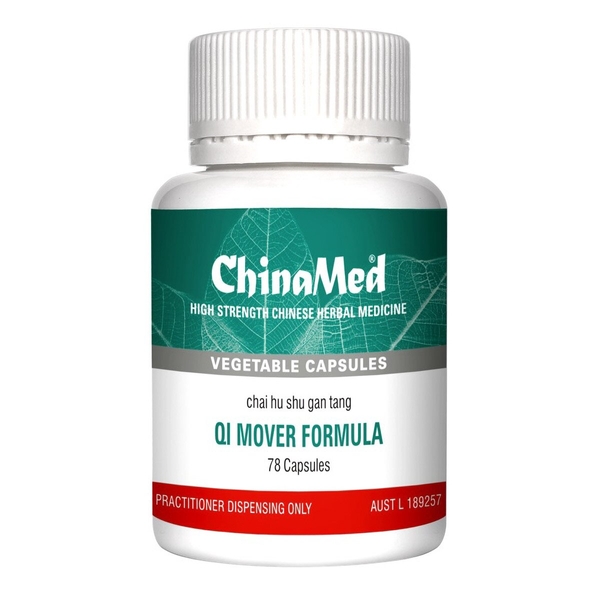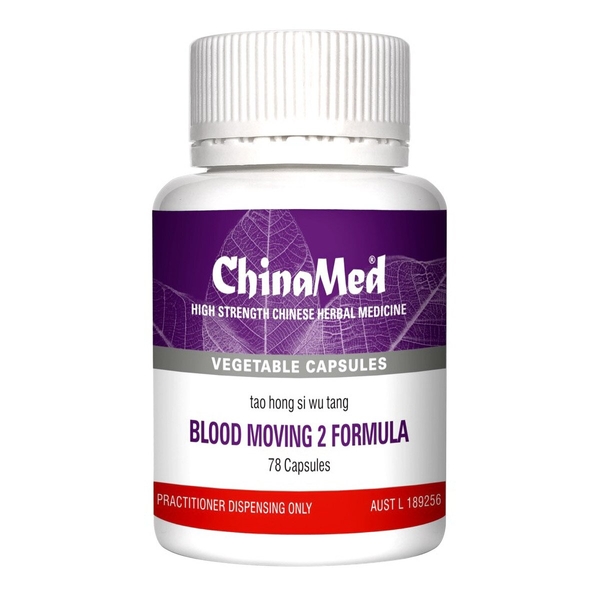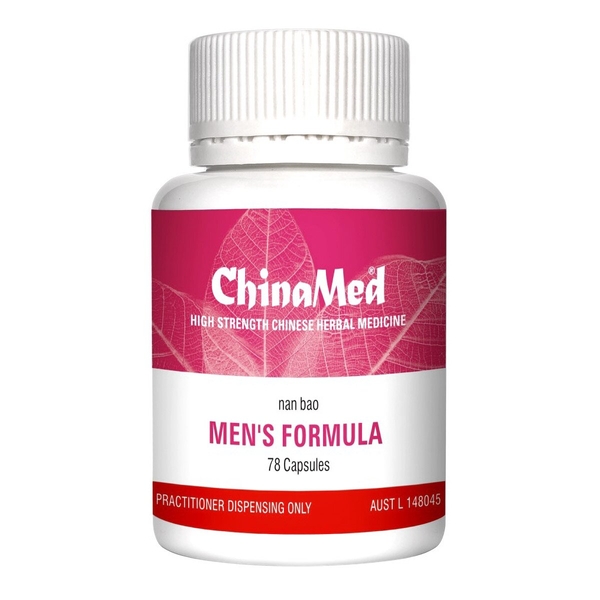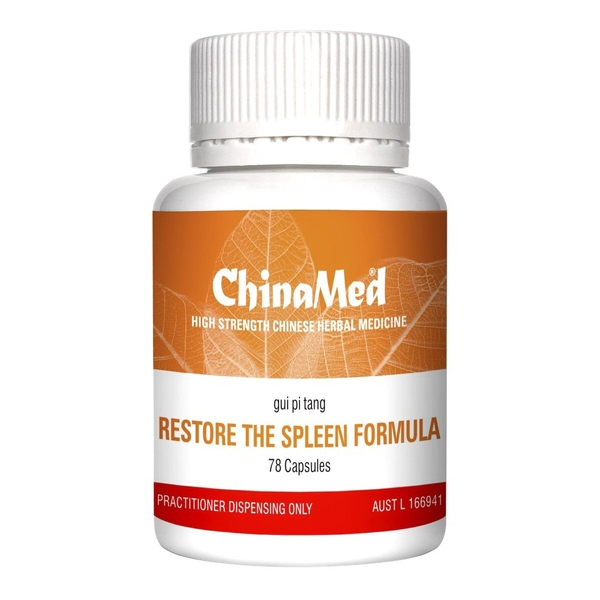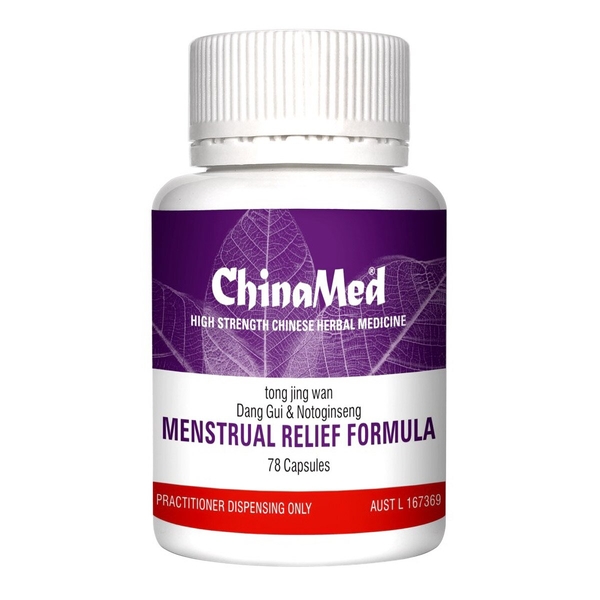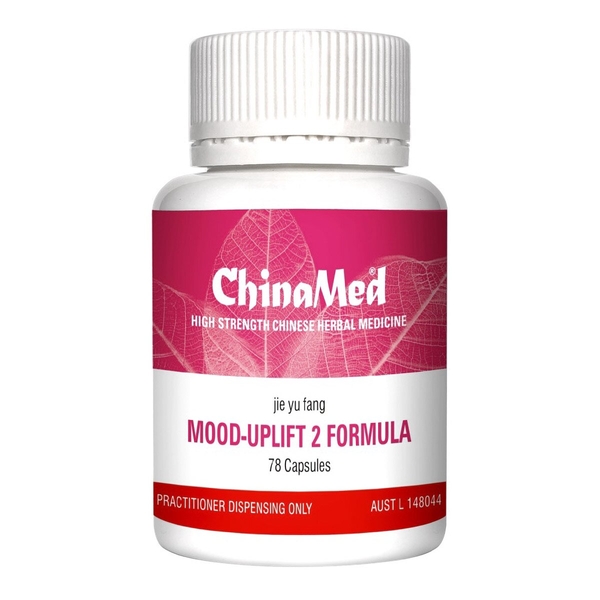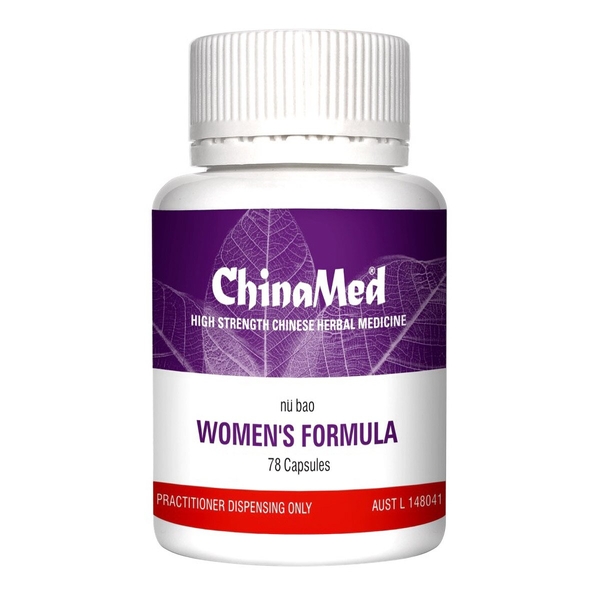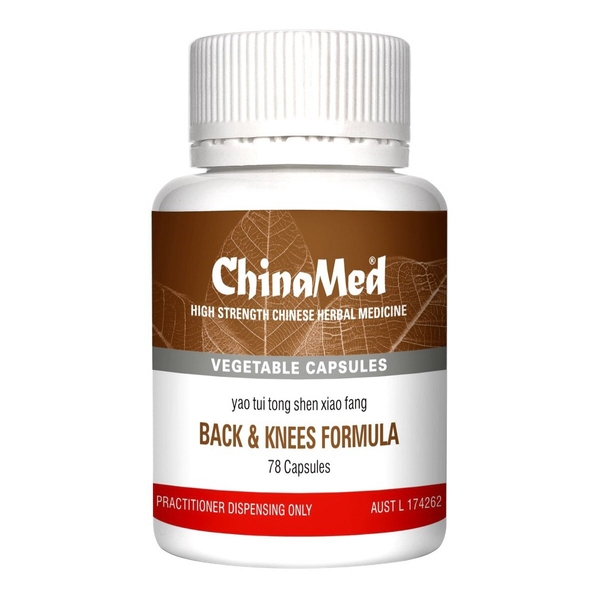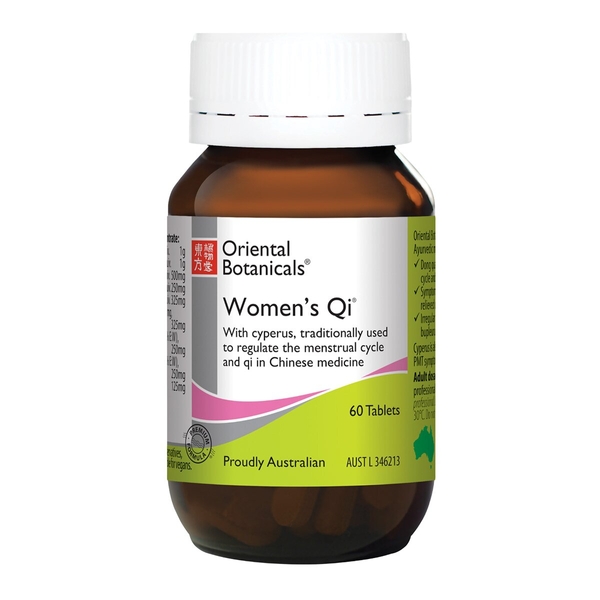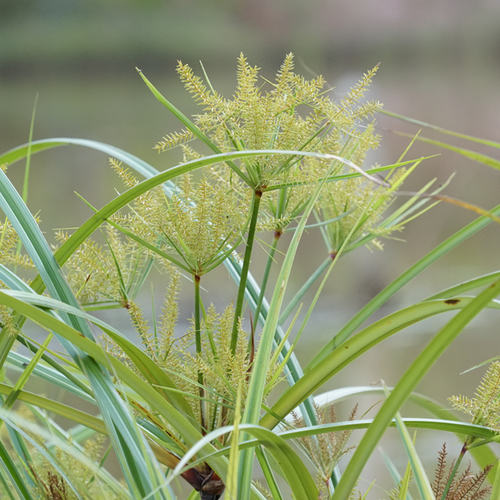
Background
People use purple nut sedge by mouth for conditions such as diabetes, diarrhea, and indigestion, and apply it to the skin for acne, dandruff, and many other conditions, but there is no good scientific evidence to support these uses.
Safety Safety definitions
When applied to the skin: Purple nut sedge essential oil is POSSIBLY SAFE when applied to the skin.
Special Precautions & Warnings:
Pregnancy and breast-feeding: There isn't enough reliable information to know if purple nut sedge is safe to use when pregnant or breast-feeding. Stay on the safe side and avoid use.Bleeding disorders: Purple nut sedge might slow blood clotting. This might increase the risk of bruising or bleeding in people with bleeding disorders.
Slow heart rate (bradycardia): Purple nut sedge might slow down the heartbeat. This could be a problem in people who already have a slow heart rate.
Diabetes: Purple nut sedge might lower blood sugar levels. People with diabetes should monitor their blood glucose levels closely. If you have diabetes, it's best to check with your healthcare provider before starting purple nut sedge.
Gastrointestinal tract blockage: Purple nut sedge might cause "congestion" in the intestines. This might cause problems in people who have a blockage in their intestines.
Stomach ulcers: Purple nut sedge might increase secretions in the stomach and intestines. There is concern that this could worsen ulcers.
Lung conditions: Purple nut sedge might increase fluid secretions in the lung. There is concern that this could worsen lung conditions such as asthma or emphysema.
Seizures: There is concern that purple nut sedge might increase the risk of seizures.
Surgery: Purple nut sedge might lower blood sugar or slow blood clotting. There is some concern that it might interfere with bleeding or blood sugar control during surgery. Stop using purple nut sedge at least 2 weeks before a scheduled surgery.
Urinary tract obstruction: Purple nut sedge might increase secretions in the urinary tract. There is concern that this could worsen urinary obstruction.
Effectiveness
- Acne.
- Cavities.
- Depression.
- Diabetes.
- Diarrhea.
- Fever.
- Indigestion.
- Irritable bowel syndrome (IBS).
- Malaria.
- Nausea and vomiting.
- Pain.
- Skin ulcers.
- Wound healing.
- Other conditions.
Dosing & administration
Interactions with pharmaceuticals
Drying medications (Anticholinergic drugs)
Interaction Rating=Moderate Be cautious with this combination.
Purple nut sedge contains chemicals that can affect the brain and heart. Some drying medications can also affect the brain and heart. But purple nut sedge works differently than drying medications. Purple nut sedge might decrease the effects of drying medications.
Some of these drying medications include atropine, scopolamine, and some medications used for allergies (antihistamines), and for depression (antidepressants).
Medications for diabetes (Antidiabetes drugs)
Interaction Rating=Moderate Be cautious with this combination.
Purple nut sedge might decrease blood sugar. Diabetes medications are also used to lower blood sugar. Taking purple nut sedge along with diabetes medications might cause your blood sugar to go too low. Monitor your blood sugar closely. The dose of your diabetes medication might need to be changed.
Some medications used for diabetes include glimepiride (Amaryl), glyburide (DiaBeta, Glynase PresTab, Micronase), insulin, pioglitazone (Actos), rosiglitazone (Avandia), and others.
Medications that slow blood clotting (Anticoagulant / Antiplatelet drugs)
Interaction Rating=Moderate Be cautious with this combination.
Purple nut sedge might slow blood clotting. Taking purple nut sedge along with medications that also slow clotting might increase the chances of bruising and bleeding.
Some medications that slow blood clotting include aspirin, clopidogrel (Plavix), diclofenac (Voltaren, Cataflam, others), ibuprofen (Advil, Motrin, others), naproxen (Anaprox, Naprosyn, others), dalteparin (Fragmin), enoxaparin (Lovenox), heparin, warfarin (Coumadin), and others.
Various medications used for glaucoma, Alzheimer disease, and other conditions (Cholinergic drugs)
Interaction Rating=Moderate Be cautious with this combination.
Purple nut sedge contains a chemical that affects the body. This chemical is similar to some medications used for glaucoma, Alzheimer disease, and other conditions. Taking purple nut sedge with these medications might increase the chance of side effects.
Some of these medications used for glaucoma, Alzheimer disease, and other conditions include pilocarpine (Pilocar and others), donepezil (Aricept), tacrine (Cognex), and others.
Interactions with herbs & supplements
Herbs and supplements that might slow blood clotting: Purple nut sedge might slow blood clotting. Using it with other herbs or supplements that have this same effect might increase the risk of bruising and bleeding in some people. These herbs include angelica, clove, danshen, garlic, ginger, ginkgo, Panax ginseng, horse chestnut, red clover, turmeric, and others.
Interactions with foods
Action
Products
View all products- Cyperus rotundus (Nutgrass) ext. 63.2 mg
- Bupleurum falcatum ext. 75 mg
- Paeonia lactiflora ext. 63.2 mg
- Angelica polymorpha ext. 63.2 mg
- Poria cocos ext. 63.2 mg
- Paeonia suffruticosa ext. 42.4 mg
- Gardenia jasminoides ext. 42.4 mg
- Glycyrrhiza uralensis ext. 31.8 mg
- Mentha haplocalyx ext. 21.4 mg
- Zingiber officinale ext. 21 mg
- Atractylodes macrocephala ext. 63.2 mg
- Cyperus rotundus (Xiang Fu) ext. 28.23 mg
- Rehmannia glutinosa ext. 74.94 mg
- Angelica polymorpha ext. 37.47 mg
- Paeonia lactiflora ext. 37.47 mg
- Paeonia veitchii ext. 37.47 mg
- Ligusticum striatum ext. 28.14 mg
- Prunus persica ext. 28.14 mg
- Carthamus tinctorius ext. 28.14 mg
- Cyperus rotundus (Xiang Fu) ext. 27.84 mg
- Astragalus membranaceus ext. 46.41 mg
- Rehmannia glutinosa ext. 46.41 mg
- Epimedium sagittatum ext. 37.11 mg
- Morindae officinalis ext. 37.11 mg
- Cynomorium songaricum ext. 37.11 mg
- Anemone altaica ext. 18.57 mg
- Polygala sibirica ext. 15.45 mg
- Schizandra chinensis ext. 15.45 mg
- Panax ginseng ext. 9.27 mg
- Cinnamomum cassia (bark) ext. 9.27 mg
- Cyperus rotundus (Xiang Fu) ext. 23.28 mg
- Astragalus membranaceus ext. 38.79 mg
- Codonopsis pilosula ext. 38.79 mg
- Atractylodes macrocephala ext. 31.02 mg
- Angelica polymorpha ext. 31.02 mg
- Poria cocos ext. 31.02 mg
- Ziziphus jujuba ext. 25.86 mg
- Ziziphus jujuba var. spinosa ext. 23.28 mg
- Dimocarpus longan ext. 23.28 mg
- Polygala sibirica ext. 12.96 mg
- Glycyrrhiza uralensis ext. 12.93 mg
- Zingiber officinale ext. 7.77 mg
- Cyperus rotundus (Xiang Fu) ext. 22.39 mg
- Salvia miltiorrhiza ext. 24.89 mg
- Corydalis turtschaninovii ext. 24.89 mg
- Paeonia lactiflora ext. 24.87 mg
- Paeonia veitchii ext. 24.87 mg
- Angelica polymorpha ext. 24.87 mg
- Typha angustifolia ext. 24.87 mg
- Prunus persica ext. 22.39 mg
- Ligusticum striatum ext. 22.39 mg
- Lindera strychnifolia ext. 22.39 mg
- Curcuma zedoaria ext. 22.39 mg
- Panax notoginseng ext. 14.93 mg
- Cyperus rotundus (Xiang Fu) ext. 22.2 mg
- Astragalus membranaceus ext. 33.36 mg
- Angelica polymorpha ext. 26.67 mg
- Paeonia lactiflora ext. 26.67 mg
- Poria cocos ext. 33.33 mg
- Curcuma longa ext. 26.67 mg
- Pseudostellaria heterophylla ext. 26.67 mg
- Pinellia ternata ext. 26.67 mg
- Bupleurum falcatum ext. 20.01 mg
- Phyllostachys nigra ext. 20.01 mg
- Citrus reticulata ext. 13.32 mg
- Anemone altaica ext. 13.32 mg
- Polygala sibirica ext. 11.1 mg
- Cyperus rotundus (Xiang Fu) ext. 22.14 mg
- Astragalus membranaceus ext. 22.17 mg
- Paeonia lactiflora ext. 22.17 mg
- Rehmannia glutinosa ext. 22.17 mg
- Codonopsis pilosula ext. 22.17 mg
- Angelica polymorpha ext. 22.17 mg
- Ziziphus jujuba ext. 22.14 mg
- Curcuma longa ext. 22.14 mg
- Bupleurum falcatum ext. 22.14 mg
- Lindera strychnifolia ext. 22.14 mg
- Epimedium sagittatum ext. 22.14 mg
- Curculigo orchioides ext. 22.14 mg
- Morindae officinalis ext. 22.14 mg
- Zingiber officinale ext. 12.03 mg
- Cyperus rotundus (Xiang Fu) ext. 13.2 mg
- Loranthus parasiticus ext. 32.7 mg
- Rehmannia glutinosa ext. 32.7 mg
- Paeonia lactiflora ext. 32.7 mg
- Angelica pubescens ext. 26.1 mg
- Ligusticum striatum ext. 19.5 mg
- Cyathula officinalis ext. 19.5 mg
- Eucommia ulmoides ext. 19.5 mg
- Angelica polymorpha ext. 19.5 mg
- Notopterygium incisum ext. 19.5 mg
- Chaenomeles speciosa ext. 19.5 mg
- Dipsacus asper ext. 19.5 mg
- Cinnamomum cassia (bark) ext. 19.5 mg

